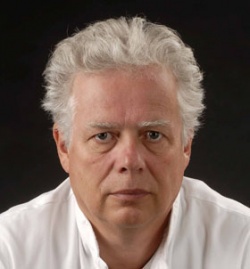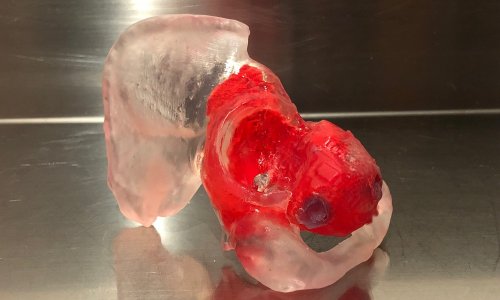Profession
Imager or doctor: that is the question
Delegates were asked an increasingly vital question during ECR 2015: do they rather want to be imagers or doctors? “This will probably be one of the most interesting sessions of this meeting and, after this congress, maybe even your career,” said Jim Reekers, professor of interventional radiology at the University of Amsterdam, the Netherlands, as he kick started the eponymous Professional Challenges session in front of a packed audience.
Report: Mélisande Rouger

Medical imaging practice has changed profoundly and extremely rapidly, and this has had huge consequences for radiologists, he explained. “In the old days, we were called the photo department, this is still something that sticks today. A survey made by the ESR, which was never published, asked patients whether they thought the radiologist was a doctor or not... and they had no idea,” he said. “So the question of this session really is: how to stay relevant for the future of radiology?”, he added.
According to Nicola Strickland, a consultant radiologist at the Imperial College Healthcare NHS Trust, Hammersmith Hospital in London, UK, radiologists must first realise that they are not future proof: “We can only protect ourselves by making ourselves indispensable to patient care and to our clinical colleagues,” she said.
Radiologists must show their added value to the team by emphasizing that they are doctors first. “We are both imagers and doctors, but we are doctors first. Compared with non-medical people such as radiographers or nurses, we as radiologists can add value by showing we understand the pathology, physiology, and the disease processes affecting that particular physiology, and apply that value to the clinical scenario. We can tailor our report to a particular clinical scenario,” she said.
Any doctor can read an image nowadays. To maintain their lead in image interpretation, radiologists must remain at the forefront of knowledge in clinical intervention, imaging modalities and digital informatics and software, Strickland added. “We have to maintain our clinical expertise, and keep abreast of technologies and rapid changes in our specialty. We must remain ahead of the game, and be as good as and in fact better than our clinical colleagues. For instance, I have to be able to interpret an ankle scan better than an orthopaedic surgeon,” she stressed. Inevitably, there has to be some subspecialisation, and it is vital to attend multidisciplinary meetings on a weekly or daily basis, she recommended.
Reekers wondered if subspecialisation could be the answer in the following presentation. Most specialties have an undisputed place in clinical practice, he argued. However, that is not the case for radiology. “There is no surgeon who will do his or her own anaesthesia, so there is really this undisputed knowledge. Radiology is not undisputed and this is the problem.”
He quoted a survey unveiled at RSNA in 2009, in which 90% of interviewed clinicians said that they were comfortable interpreting x-rays in 55.3% all of the time and 35.8% some of the time. Half of the interviewees felt equally competent at interpreting CT exams and, depending on the type of exam, 40% admitted they did not read the entire radiology report.
Imaging has become the most important diagnostic tool over the past few years and many medical specialties now include it in their curriculum. “We have to be aware that we are not alone on the planet anymore. Image interpretation without clinical knowledge is not possible anymore, you have to know the whole package,” the expert said. The radiologist 2.0 should be part of this decision making and be an active clinical partner with up-to-date knowledge about a medical specialty. Reekers recommended joining different medical specialty societies to acquire further skills. “You have to have broad knowledge otherwise you will not be seen as an expert anymore,” he concluded.
05.03.2015










